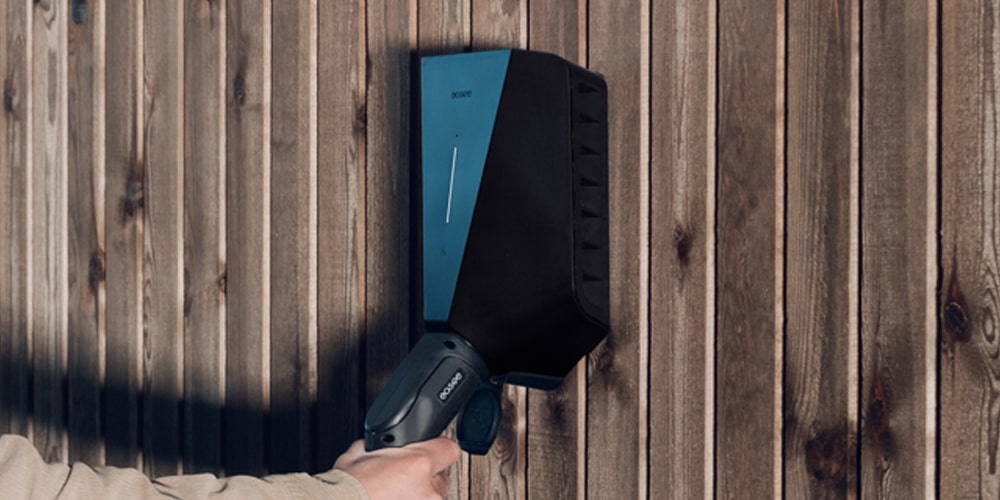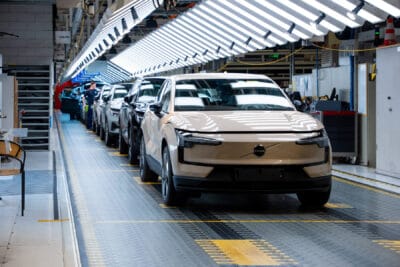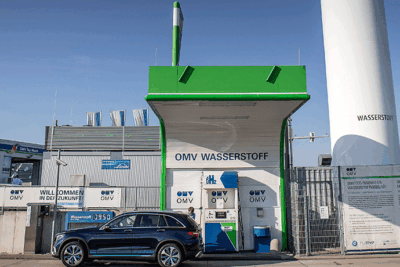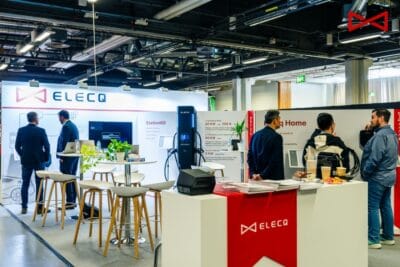Easee relaunches with fresh home charging products
The Norwegian wallbox manufacturer Easee is relaunching with fresh products. The 11 kW wallbox “Charge Lite” is now available for order in several European countries. This wallbox includes some changes to the well-known Easee products – and a statement on the controversial FI solution.
After a sales ban in Sweden for the previous wallbox models “Home” and “Charge”, restrictions in other countries and resulting economic problems, Easee has now introduced a new wallbox called “Charge Lite” with up to 11 kW power (up to 7.4 kW single-phase), which can be ordered now in Norway, Sweden, Denmark, Netherlands, Belgium and Austria.
According to the charging products provider, the Charge Lite is backward compatible with existing Easee products – meaning that it fits into the old back plates and can use accessories for the Easee Equalizer (for dynamic load and phase balancing). The new wallbox also supports the Open Charge Point Protocol (OCPP), which no longer relies on Easee’s cloud solution. Later on, existing Easee wallboxes will also be retrofitted with OCPP via update. Charge Lite also supports Bluetooth, which makes it possible to control the wallbox directly from a cell phone without an Internet connection.
The main reason for the new product is the problems with the “Home” and “Charge” models were due to Easee’s own solution with the integrated RCD: Instead of relying on a standard RCD in a DIN socket, the Norwegian company had developed an integrated solution. On paper, this concept is just as safe as a conventional RCD and even offers some advantages since, for example, the system automatically performs a test before each charging process or at least every 24 hours. However, authorities concluded that there was a risk that “the ground fault circuit interrupter does not always trip when and as it should.” There was “no solution with earth leakage circuit breaker and DC protection that meets the requirements of the standards for which the device is declared,” according to Elsälerhetverket, the Swedish electrical safety authority.
“In order to be able to offer an approved and marketable product as soon as possible, Easee has decided to launch Charge Lite with the requirement of a type A external ground fault circuit interrupter,” the company now writes in the “Charge Lite” announcement. On the part of Easee customer support, it says: “The DC residual current detection is still available, and a type A RCD in front of each charging robot is sufficient.”
The hardware is the same, but the previous products did not require an external RCD; now, a RCD type A switch must be installed separately by the electrician when the wallbox is installed, which incurs additional, albeit manageable, costs.
In parallel, a testing program is underway with TÜV Rheinland, where Easee is working to obtain the necessary approvals to launch its next products without this requirement. The next Easee product will be called “Charge Core,” which will be capable of up to 22 kW and is expected to be offered starting in the fourth quarter of 2023 – the “Charge Core” is also said not to require an external Type A switch. The “Charge Max” should also be Easee’s first MID-certified charging box from the first quarter of 2024 onwards.
“Our goal with Charge Lite was to create a cost-effective and forward-looking charging box with all the essential features for households with one to two electric cars,” says Easee product manager Caroline Vorpenes. “We have data showing that very few electric car owners charge at home with more than 11 kW.”





0 Comments